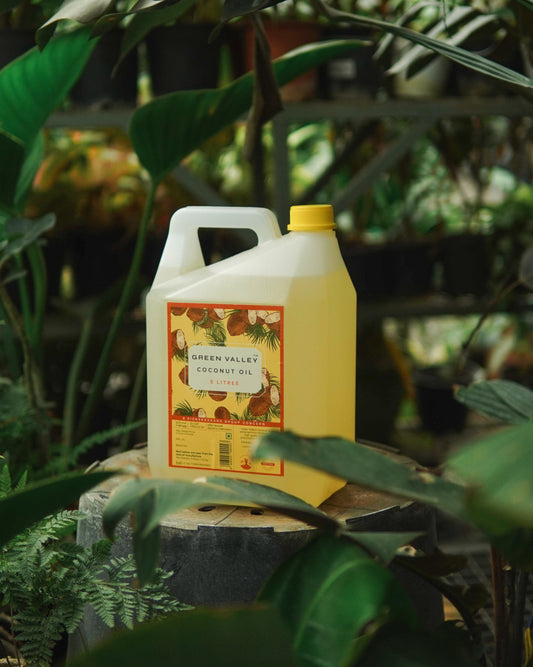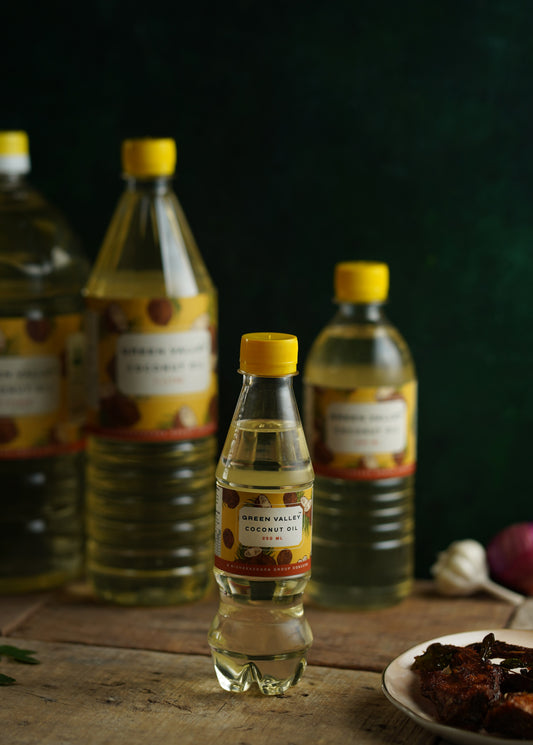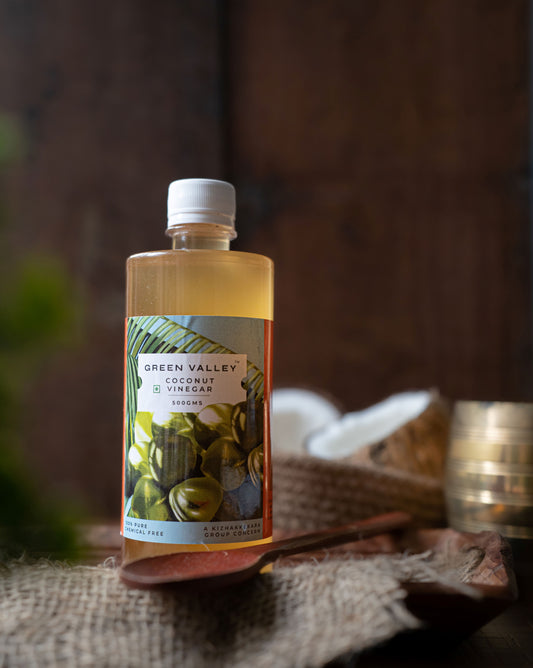When your recipe calls for “vegetable oil,” you stage a tiny protest in your pantry: palm or coconut? Both are tropical staples that power everything from curries to cosmetics—and both come with environmental baggage. So which is the more sustainable pick?
Let’s carve through the myths, metrics, and palm-coconut politics with a clear, fact-driven look.
Quick Snapshot
|
Factor |
Palm Oil |
Coconut Oil |
|
Yield per hectare |
Extremely high—up to 10× other oils |
Much lower yield per hectare |
|
Land conversion risk |
Massive (deforestation & peatland loss) |
Moderate (smaller groves, often mixed) |
|
Biodiversity impact |
Severe habitat loss (orangutans, tigers) |
Lower—often polyculture or dispersed |
|
Greenhouse emissions |
Very high (especially peat clearance) |
Lower—less carbon released per kg |
|
Social concerns |
Land grabs, worker exploitation |
Fewer reports, but monocropping issues |
|
Certifiable schemes |
RSPO, others, but limited enforcement |
Less common, fewer standards |
|
Consumer options |
Many “sustainable” labels are available |
Fewer certified labels are available |
1. Yield & Land Use Efficiency
Palm Oil: Palm trees are botanical overachievers. One hectare (2.5 acres) can produce up to 10 times more oil than coconut, soybean, sunflower, or rapeseed. That means less land is needed to yield the same amount of oil—a big tick for land efficiency.
Coconut Oil: Coconut trees require much more space to yield similar Oil volumes. That means for the same level of supply, more total land is used—potentially reducing the sustainability edge if expansion occurs.
Verdict: Palm oil wins here on pure productivity efficiency—but efficiency isn’t the only metric.
2. Deforestation & Habitat Destruction
Palm Oil: Expansion often involves clearing rainforest and peatlands, hooking into some of the worst biodiversity losses on Earth. Indonesia and Malaysia have lost tens of millions of hectares—homes of orangutans, tigers, elephants, and countless others. Fires set for palm plantations release vast CO₂ stores in peat, driving climate change.
Coconut Oil: While there’s some deforestation for coconut plantations, it’s typically on a smaller scale. Coconut plantations are often integrated into mixed crops, and many are older, established groves—not fresh clear-cuts. The biodiversity loss is less severe, though concerns exist in areas like the Philippines.
Verdict: Coconut oil is generally less destructive in terms of forest and habitat loss.
3. Carbon Footprint & Climate Impact
Palm Oil: Clearing peatland for plantations releases massive carbon stores—making palm oil among the worst offenders in tropical agriculture’s carbon footprint league. Even sustainably certified palm can’t fully erase that historic burden.
Coconut Oil: Without peat destruction and with often less industrialised processing, coconut oil’s carbon footprint is significantly lower per litre—especially if sourced locally (e.g., Southeast Asia, India, or the Philippines). Of course, shipping to distant markets adds emissions—but still less than palm overall.
Verdict: On a climate metric, coconut oil generally wins—especially if processing and transport are optimised.
4. Biodiversity & Habitat Health
Palm Oil: Monocrop palm plantations create ecological deserts. Wildlife corridors vanish, genetic diversity crashes, and even certified RSPO plantations are accused of greenwashing.
Coconut Oil: Often grown in diverse systems or alongside other crops. Coconut groves, when responsibly managed, can support higher biodiversity than monocrop palms—though this can vary by region.
Verdict: Coconut oil has a clearer biodiversity advantage, depending on farming methods.
5. Social & Labour Rights
Palm Oil: Risk-laden territory: land grabs, child labour, forced labour, and exploitative wages are well-documented issues—especially in regions with weaker regulation. Certifications exist (like RSPO), but enforcement is patchy.
Coconut Oil: Though not without issues, it has fewer headline-grabbing scandals. Many coconut farms are small-holder, cooperative-run, or family enterprises, especially in places like India and Southeast Asia. However, monocropping and poor labour practices can still emerge.
Verdict: Coconut oil appears less prone to systemic social abuses—but fair sourcing remains vital.
6. Certification & Consumer Transparency
Palm Oil: It has multiple standards: RSPO, ISPO (Indonesia), MSPO (Malaysia), and Rainforest Alliance. These offer some traceability—but they can be expensive for producers, and enforcement varies.
Coconut Oil: Certification is still emerging. A few labels exist (Organic, Fair Trade, Rainforest Alliance, USDA), but there’s no widely adopted sustainability standard specific to coconut oil.
Verdict: Palm oil has more mechanisms for eco-claims—but consumer caution (and scepticism) is essential due to enforcement gaps.
So... Which Should You Choose?
From top to root, coconut oil tends to leave a lighter, greener footprint—so long as it's grown responsibly and processed carefully. Palm oil is ultra-efficient per hectare—but its environmental and social shadows are long and undeniable.
In the battle for sustainability, you’re better off rooting for coconut. It’s not perfect (nothing is), but when managed well, it’s a softer, kinder option—like a gentle coastal breeze compared to a forest wildfire.
If sustainability is your goal:
-
Go with responsibly sourced coconut oil. It’s generally lower-impact across deforestation, biodiversity, carbon, and social storms.
-
Shop smart: Seek organic or small-batch coconut oils from reputable suppliers.
-
Diversify your fats: Combine coconut oil with olive and avocado oils—spreading impact across multiple crops reduces pressure on any single ecosystem.
If you can’t avoid palm oil:
-
Choose certified sustainable palm oil (e.g., RSPO-certified)—but be aware that it’s not foolproof.
-
Look for products with transparent sourcing or that engage in serious conservation/benefit programs.








